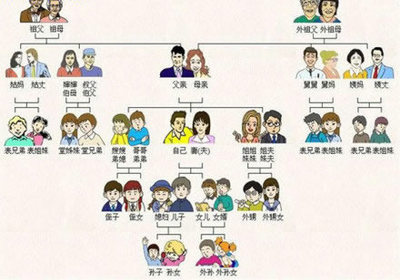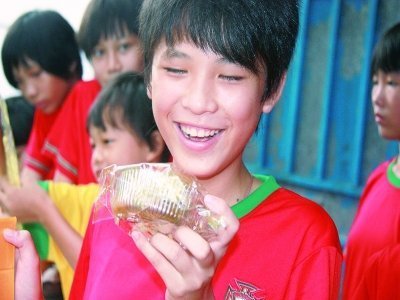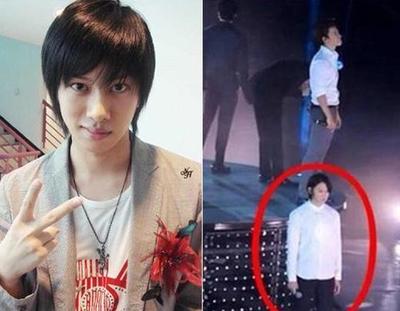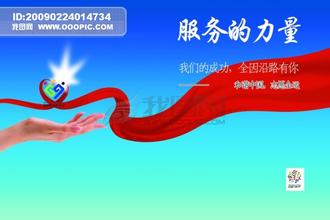Taking the publication of the Selected Works as a dividing line, we can notice that the formation of Lis ethnological ideas is clearly divided into an earlier and later stage. The earlier stage reflects the formation period of his concept of regional ethnology. During this period, he mainly focused on the study of Marxist theory of ethnology, and the research of ethnic issues in the southwest. Guided by his personal cognition, he placed particular emphasis on the application of the authoritative theory and methodology of ethnology. Creating the academic term the “Wuling ethnic area” can be regarded as the first breath of his later stage. During this period, he placed particular emphasis on the theoretical construction and practice of ethnological /anthropological concepts.
The Selected Works is not a work with a “complete structure” of ethnological theory as found in the earlier stage of Li Shaomings ideas, but it seems to be significant in that it has more “ideology exploration” within the construction process of his ethnological theory. This is because it seems that he always made an effort to stand on the needs of state construction, and provide an allaround interpretation from theory to practice during the process of investigating the issues in Southwest China. Therefore, concerning the formation of Li Shaomings anthropological/ethnological concept in the later period, we should start from the concept of the “Wuling ethnic area”. Li Shaomings idea of conceptualizing the term the “Wuling ethnic area” has an extraordinary academic value. This concept is different from that of the “Wuling ethnic corridor” coined by Fei Xiaotong. Li Shaomings interpretation of the “Wuling ethnic area” proposes an ethnological concept with clear connotations; it is a new academic interpretation of Fei Xiaotongs theory of “plate and corridor”; it enriches the theory of the ethnic corridor; and, instead of going back to “closed” research of regional ethnology in the traditional pattern, it concerns the history and reality in this ethnic area.
Coining the term the “Wuling ethnic area” is one of the important achievements of Li Shaoming in his 50 years of the “unity of theory and practice” of ethnology/anthropology in Southwest China. As a regional ethnic cultural concept, the connotation of the “Wuling ethnic area” and the “Southwest ethnic region” are often extended and interwoven with each other in their application. Li Shaomings exploration of the ethnic origin of the Tujia people in the “Wuling ethnic area” in his Selected Works is important evidence. In the preface of the Selected Works, Ma Yao mentioned that “The ethnic issues in Southwest China had direct bearing on the rise and decline of dynasties, and the states destiny and future. Hence, research on the Southwest ethnic groups has important theoretical and practical significance for the exploration of the formation of the Chinese nation, summarizing experiences in history, and properly handling the ethnic problems in the primary stage of socialism.” In the view of Li Shaoming, concerning the “ethnic issues of Southwest China”, the research of the “ platetype ethnic framework” of the “Wuling ethnic area” (such as the study on ethnic origins, migration, cultural fusion, etc.) reflects a challenge for Chinese ethnological/anthropological theoretical construction in the 21st century―this idea is worthy of our reflection.
If we take regional cultural study as the target, then, the study of Ba culture is one of the important academic goals for proposing the concept of the “Wuling ethnic area”. The studies related to the Ba people, Ba kingdom, Ba area, and their relationship with the ethnic cultural history of the Tujia in the Selected Works, have already clearly indicated Lis viewpoint. The “platetype” ethnic framework of the “Wuling ethnic area” helps to unravel numerous conceptual puzzles regarding Ba culture during the process of historical change by theoretically presenting a concept. From cultural change, the acculturation of the Ba people, Ba area, Ba kingdom, BaChu culture, BaShu culture to various ethnic issues, such as the ethnic origin of the Tujia people, are all included in this theoretical concept. In short, as a typical regional cultural area in Southwest China, the ancient historical cultural legacy found in the “Wuling ethnic area” is connected with the border areas of Chongqing, and Hunan, Guizhou, and Hubei provinces, and has an even more direct relationship with the “Wuling Mountainous Zone” delimited according to the socioeconomic development strategy of China. High attention should be paid to the ethnological/anthropological concept in the coining of the term “Wuling ethnic area”, and for sure, it should become an important project of regional ethnology/ anthropology in the Southwest region, and is worthy of further indepth research. The concept of the “Wuling ethnic area” is one of the important achievements of Li Shaoming in his 50 yearsof the “unity of theory and practice” of ethnology/anthropology in Southwest China. A new academic breakthrough in the study of the Ba culture will depend on a reflection on the value of the academic naming of the “Wuling ethnic area”. Starting from the ethnological/anthropological issues of the Wuling regional culture might help us to uncover the foundation of the problems. And, as a specific ethnological/anthropological concept, the “Wuling ethnic area” might be an inspiration to the beginning of a new framework for Ba culture studies in the 21st century.

Key Words:coining the term the “Wuling ethnic area”; value orientation; historical method; study of Ba culture
References:
Ci hai(Word-Ocean Dictionary). Shanghai cishu chubanshe,1979.
Dai Jinhua.20 nian zhongguo xueshu sixiang zhi bianqian(The Change in Academic Ideas during the Past 20 Years of China). Britain, Financial Times(Chinese ),2010.
Li Shaoming.lishaoming minzuxue wenxuan(Selected Works on Ethnology by Li Shaoming).Chengdu:chengdu chubanshe,1995.
Li Shaoming.21 shiji woguo minzuxue fazhan de jige wenti(Several Issues Related to Chinas Development of Ethnology in the 21st Century ). In Journal of Southwest University for Nationalities,2001(1).
Li Shaoming.Wuling minzuqu yu minzu zoulang yanjiu(A Study on the Wuling Ethnic Area and Ethnic Corridor) . In Journal of Hubei University for Nationalities,2007(3).
Li Shaoming.zangyi minzu zoulang yanjiu zhong de jige wenti(Several Issues Related to the Study of the TibetanYi Corridor). In Journal of Southwest University for Nationalities,2007(1).
Li Zhongbin. “guanyu dangdai zhongguo xueshu wenti” de xueshuxing sikao(Academic Thinking to “Contemporary Academic Issues in China” ). In Newsletter of Technology,2007(1). Wang Xiaoshi.minming de wenhua neihan yu gongneng tanxi(An Exploration on the Cultural Connotation and Function of Naming). In Reading and Writing,2013(12).
Yong Jichun.diyu wenhua yanjiu jiqi shidai jiazhi(Regional Culture and Its Value of Times ). In Journal of Ningxia University,2008(3).
Zhang Xiaohong.wenhua quyu de fenyi yu zhenghe―shanxi lishi wenhua dili yanjiu(A Study on Shanxi Historical and Cultural Geography).Shanghai:shanghai shudian chubanshe,2004.
Zhao Xinxian. lishaoming “wuling minzuqu” gainian neihang de lijian wenti(Issues Related to the Understanding of the Connotation of Li Shaomings “Wuling Ethnic Areas” Concept). In dierjie qianzhong wenhua yantaohui lunwenji(Collected Papers of the Second Round of Guizhou Culture Seminar ),2014.
Zhao Xinxian.wuling minzuqu minming de bianzheng siwen fangshi yingyong(Application of Dialectical Thinking in the Naming of Wuling Ethnic Areas).forthcoming.
Zheng Dong.xueshu gainian de tezhi yu xueshu fazhan de dongneng(The Speciality of Academic Concept and the Driving Force of Academic Development ). In Hebei Journal,2005(2).
Zheng Ruokui.baren yuanliu he ba wenhua kaobian(The Origin of Ba People and Exploration on Ba Culture). In China Review,2012-12-07 http://www.crntt.com/
Zhou Zhenhe.zhongguo lishi zhi ziran quyu(Natural Zones in Chinese History).Nanjing: jiangshu jiaoyu chubanshe,1995.
 爱华网
爱华网


